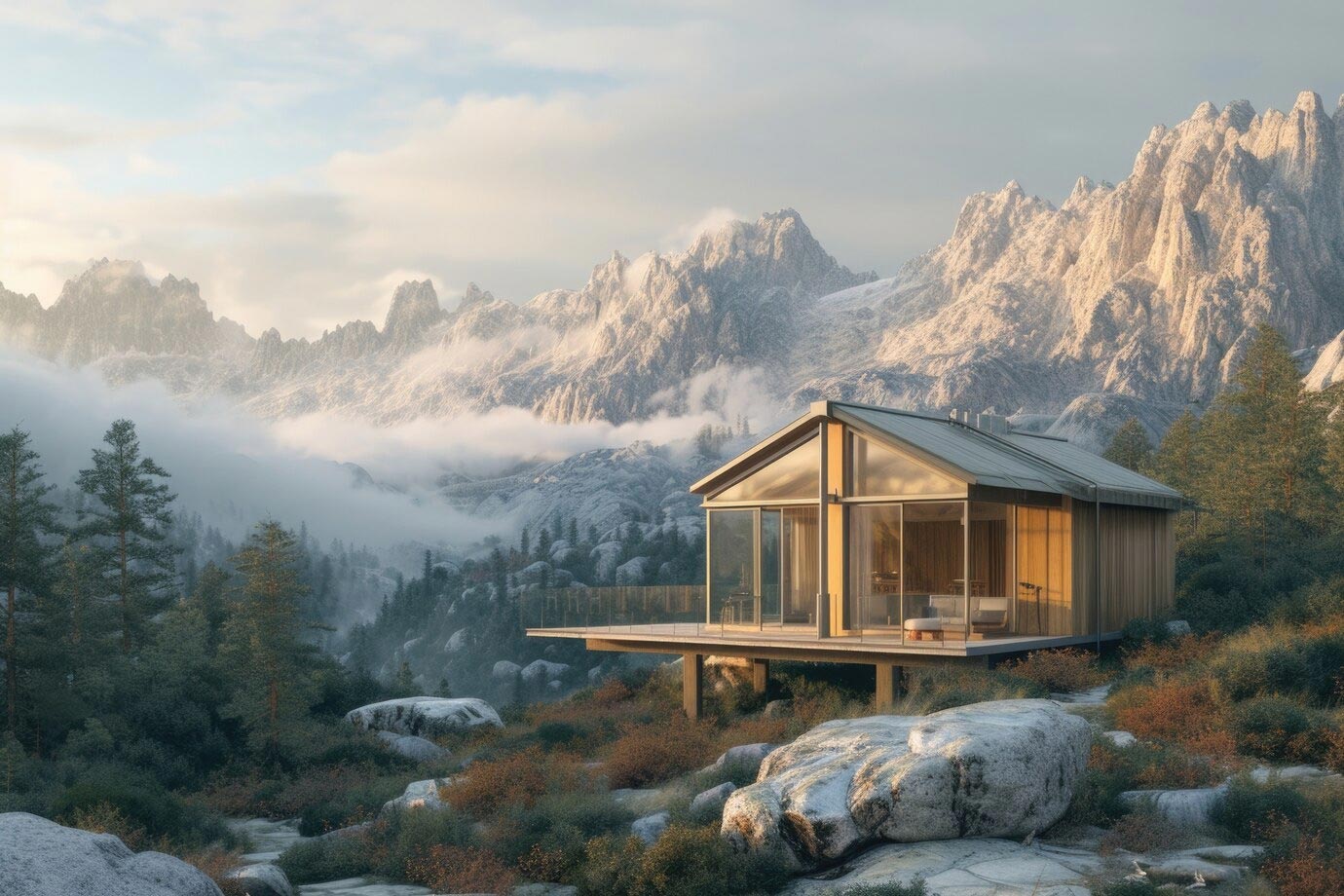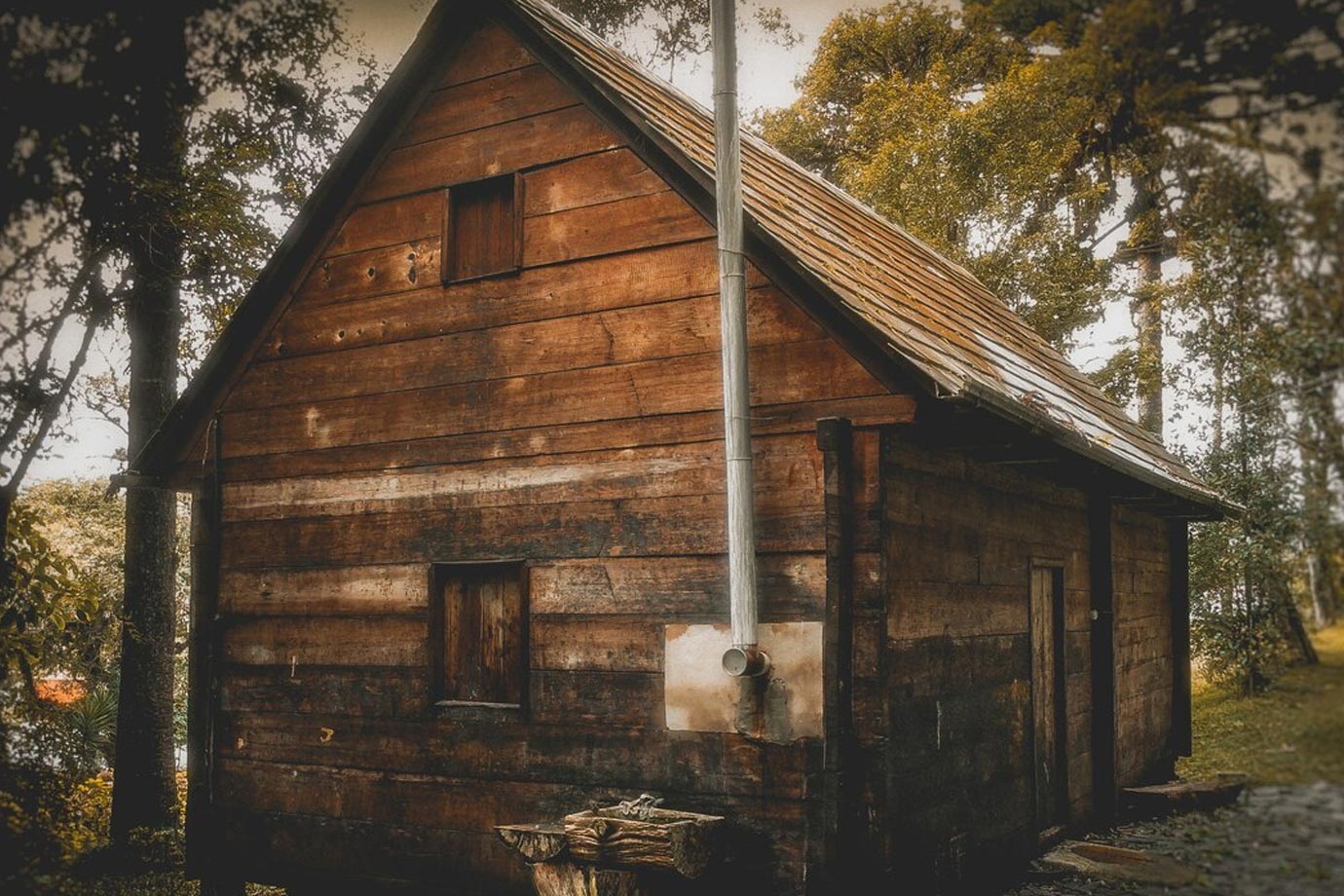Cabin architecture, a term that evokes images of cozy, secluded shelters nestled in natural landscapes, refers to the design and construction of small, often rustic dwellings that are typically used for temporary or vacation accommodations. This architectural style prioritizes simplicity, efficiency, and harmony with the surrounding environment. Over the years, cabin architecture has evolved from basic wood structures to sophisticated designs that incorporate modern amenities and sustainable practices. This article explores the essential characteristics, historical development, and contemporary innovations within cabin architecture, providing a comprehensive overview for enthusiasts and potential cabin owners alike.
Historically, cabins were constructed as simple, one- or two-room structures made from locally sourced materials such as logs, stone, and clay. These early cabins were primarily built for practical purposes, offering shelter to pioneers, hunters, and fishermen. The design was dictated by the need for warmth and protection, leading to compact, insulated spaces with minimal openings. The classic log cabin, with its interlocking logs and prominent fireplace, remains an iconic symbol of this early form of cabin architecture.
As recreational outdoor activities became more popular in the 19th and 20th centuries, cabins evolved to serve as retreats for city dwellers seeking solace in nature. This shift marked a transition in cabin architecture from mere functional survival spaces to havens of relaxation and leisure. Modern cabin designs began to incorporate larger windows, expansive porches, and open floor plans, while still maintaining the rustic charm that is synonymous with cabin living.
Today, cabin architecture is marked by its diversity and innovation. Architects and designers are reimagining what a cabin can be, pushing the boundaries of traditional forms and materials. Contemporary cabins often blend modernist aesthetics with eco-friendly technologies, such as solar panels, green roofs, and energy-efficient systems. Materials like reclaimed wood, recycled steel, and glass are commonly used, reflecting a commitment to sustainability that aligns with the environmentally conscious ethos of cabin life.
Moreover, the modern cabin is not just a rural phenomenon. Urban cabins are emerging as a solution to the cramped living conditions in cities, offering a compact, efficient, and sustainable alternative to traditional housing. These micro-homes maximize limited urban spaces and are designed with flexibility in mind, often featuring modular or transformable components.
Despite these innovations, the essence of cabin architecture remains rooted in the principles of simplicity and connection with nature. Whether it’s a minimalist hut in the woods or a sleek, modular unit in an urban setting, cabins provide a space to disconnect from the hectic pace of modern life and reconnect with the essentials.
In conclusion, cabin architecture represents a blend of tradition and innovation, where classic design elements meet modern-day technologies and sustainable practices. It offers a versatile solution to contemporary living needs, promoting a lifestyle that is both environmentally sustainable and spiritually enriching. As we move forward, the evolution of cabin architecture will likely continue to reflect changes in our relationship with the environment and our ongoing quest for simplicity and peace.


Leave a Reply